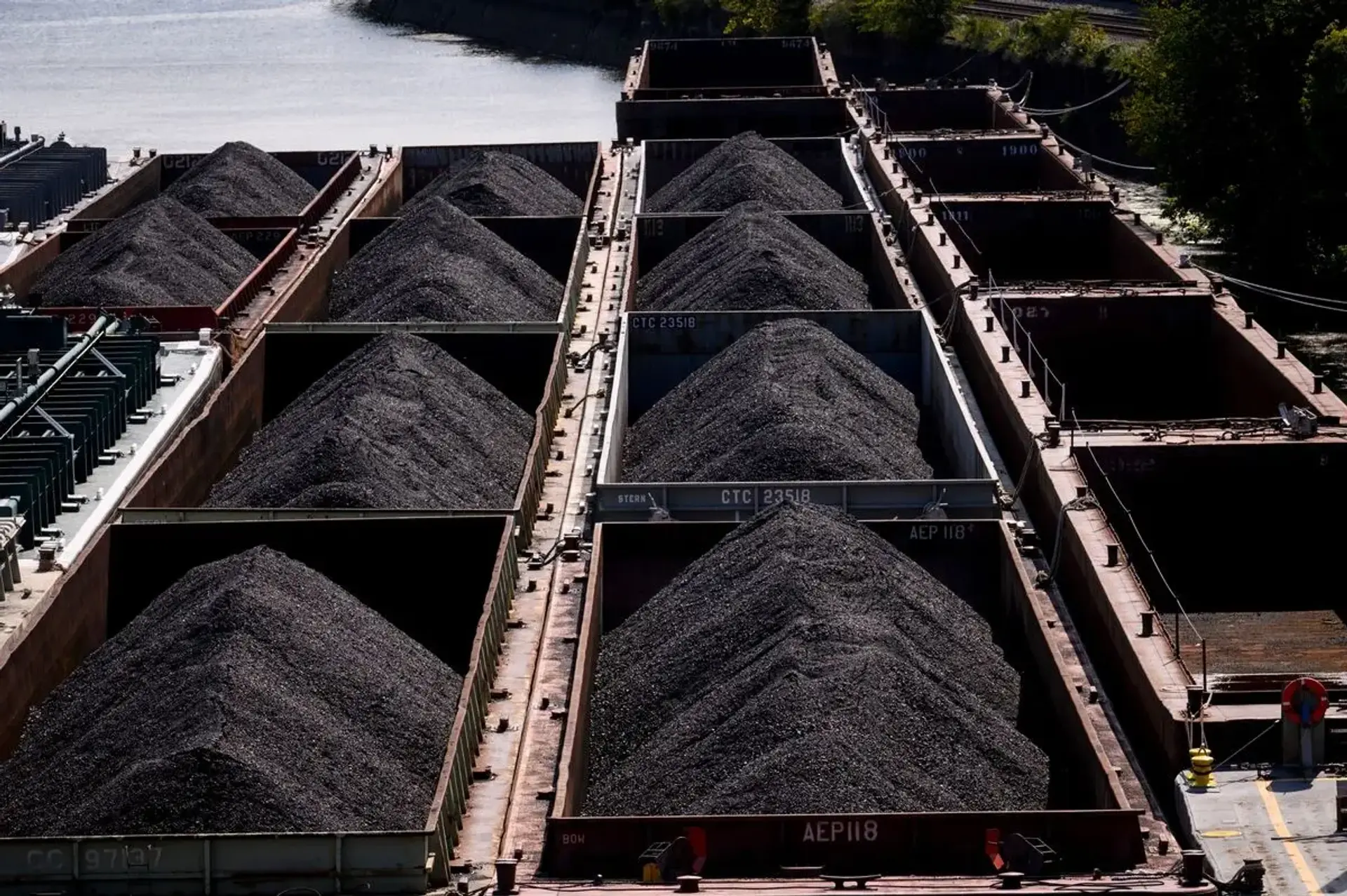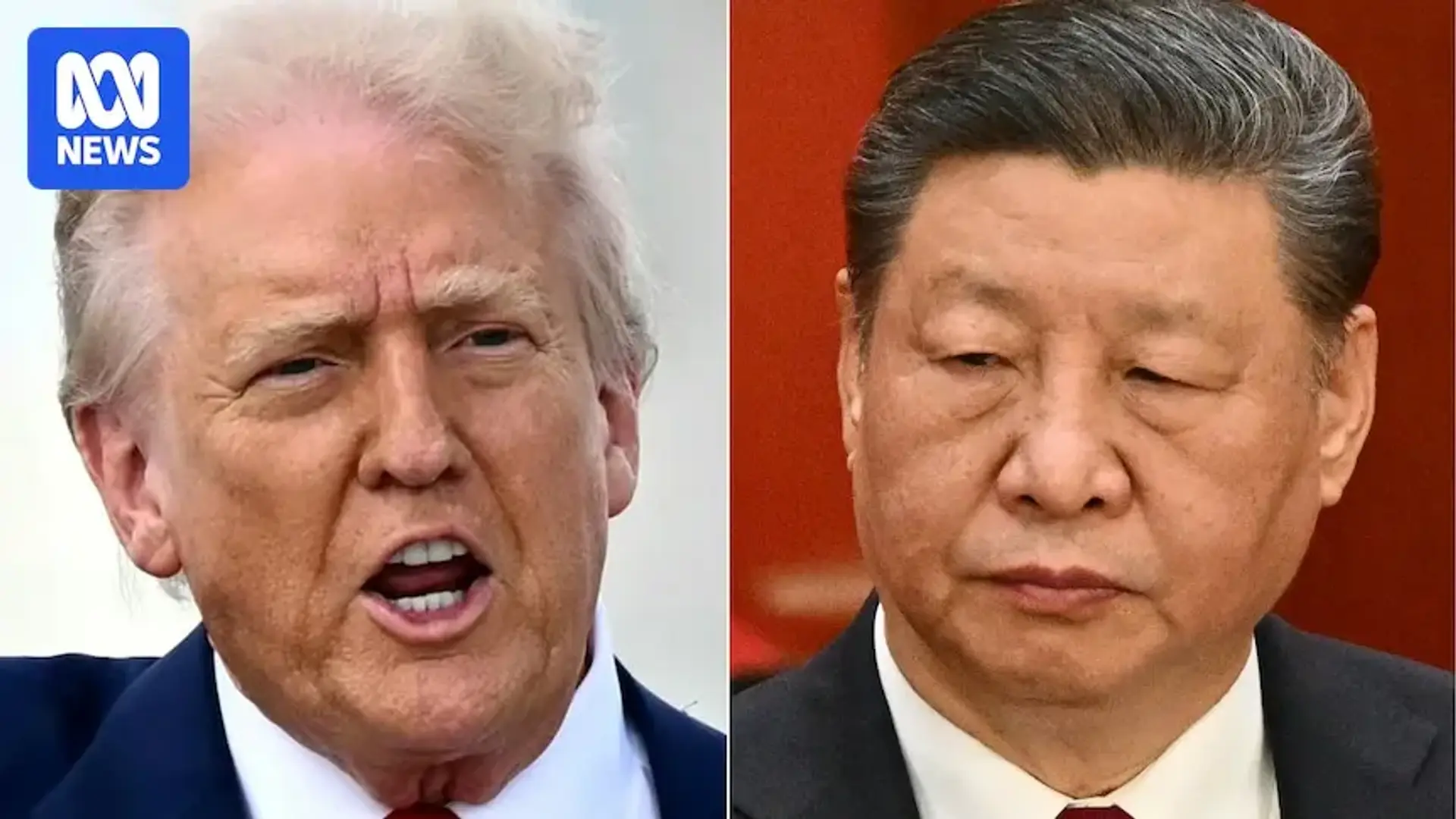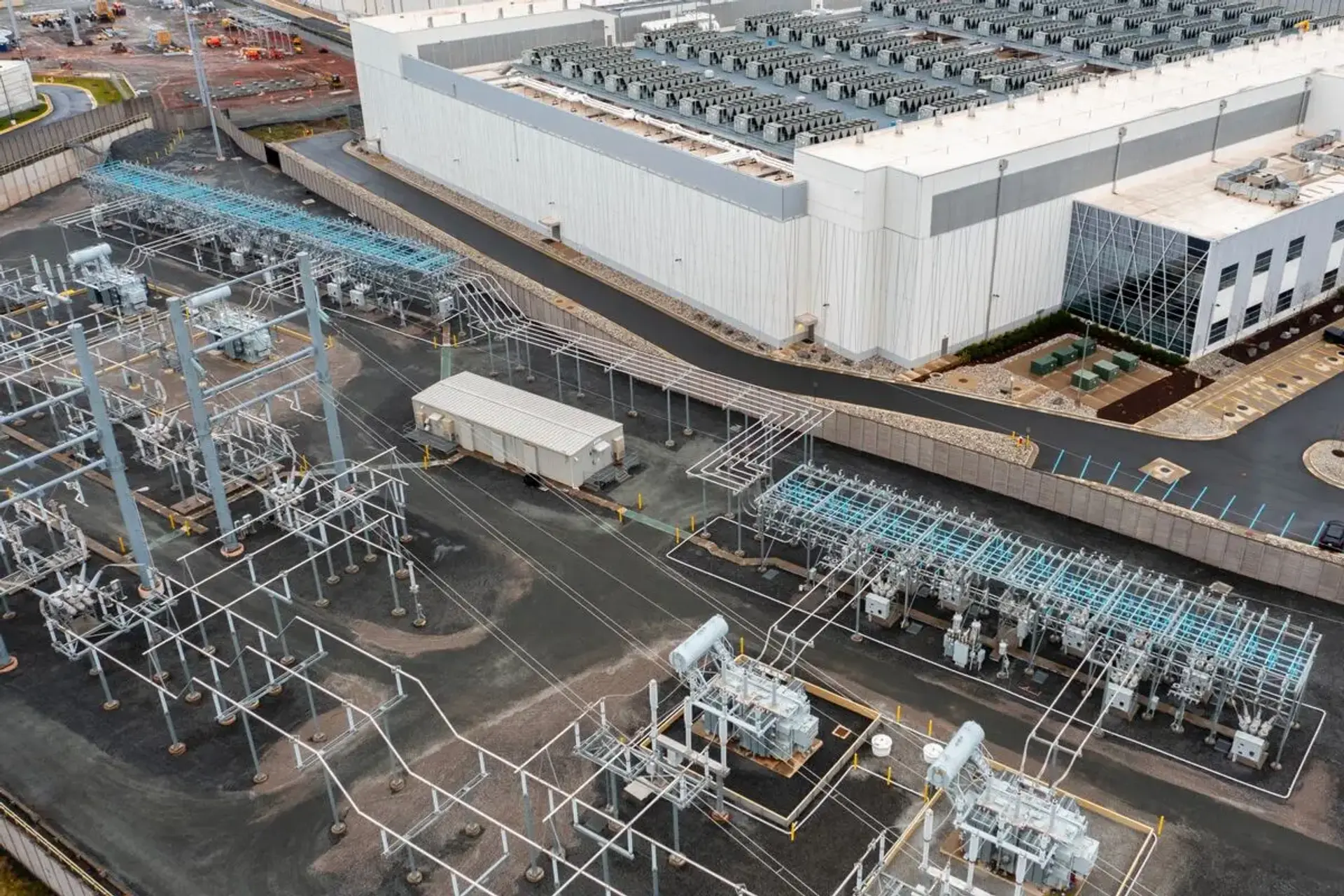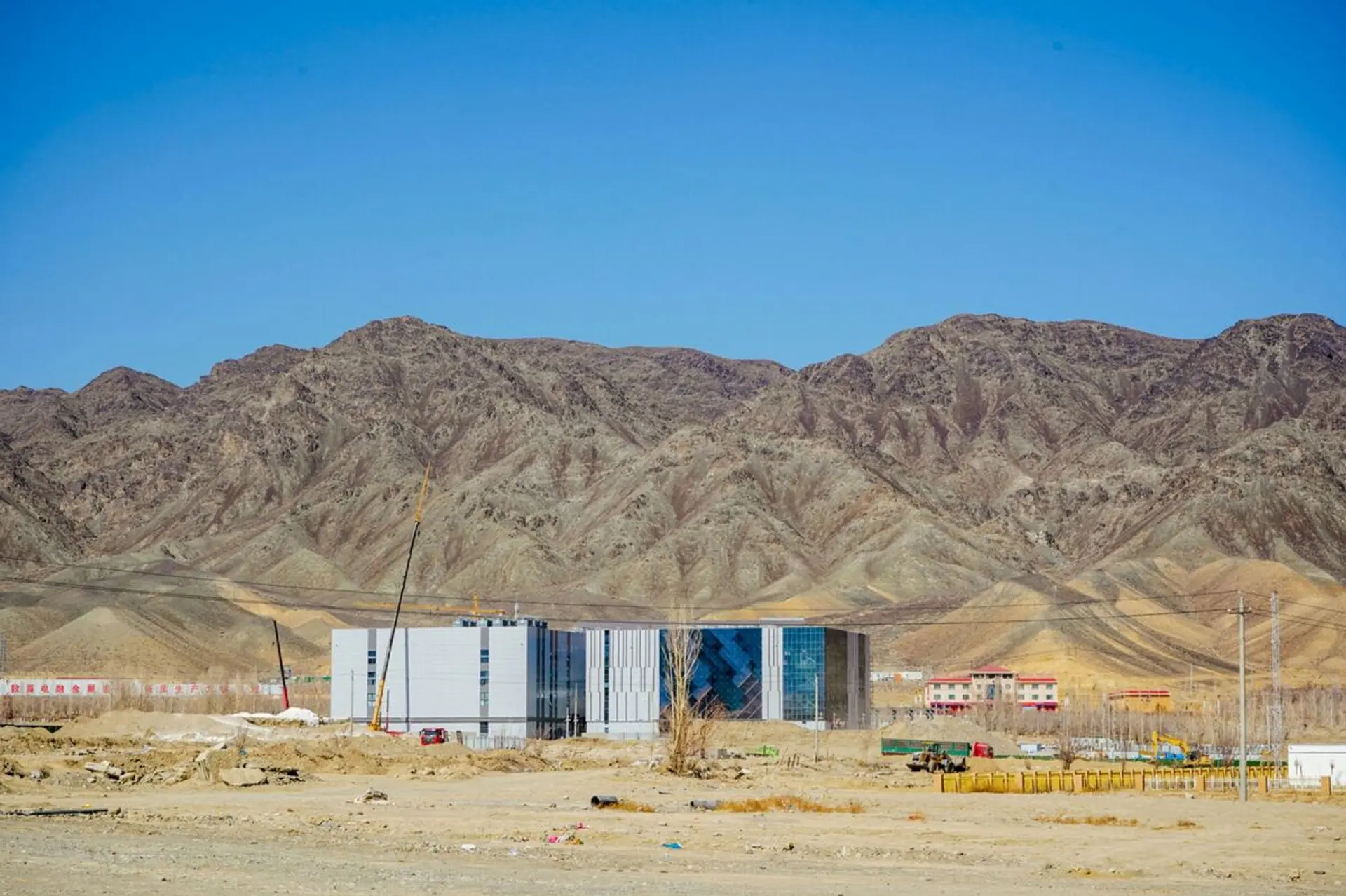The United States and China are taking divergent paths to power the artificial intelligence boom, particularly concerning data centres. Washington's approach heavily relies on fossil fuels to meet the energy demands of these facilities. In contrast, Beijing is pursuing a cleaner, more sustainable energy strategy.
China's data centre power demand is expected to grow significantly, reaching 479 TWh by 2030. This surge is driving investments in renewable energy sources and expanded grid infrastructure. While coal remains a significant part of China's energy mix, there's a clear push towards wind and solar power. The US, however, faces challenges in keeping up with the rapid demand growth and streamlining the construction of new data centres.
This divergence highlights differing priorities and approaches to AI infrastructure. The US is focused on rapidly expanding capacity, while China balances growth with environmental concerns. The competition extends beyond technology to encompass energy strategy and infrastructure development, with each nation vying for dominance in the AI era.




